Close your eyes for a second and picture your personal sleep environment. What are your personal must-haves? Do you HAVE to have water on your nightstand and in arm’s reach? A nightlight so you don’t trip on your way to the bathroom in the middle of the night? Maybe you’re an eye-mask kind of person?
Creating the right sleep environment for your little one is one of the first steps in helping them get the great sleep they need. Just like us, there are simple tools and tricks we can give our babies to make it happen.
In this blog post, I’m going to go over…
Where is the safest place for my baby to sleep?
5 Essentials for the Optimal Sleep Environment
How do I get my baby sleeping in their OWN sleep environment? (*Transitioning Out of Co-Sleeping!)
Let’s jump right in!
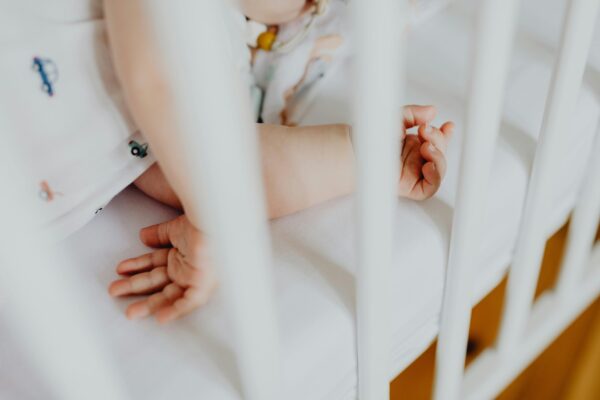
Where is the safest place for my baby to sleep?
Before we talk about what makes up the optimal sleep environment for your baby, let’s talk about safety. There are many reasons why some parents might co-sleep with their little one(s). I respect that, but safety is and will always be my number one priority.
Know that I do not professionally or personally recommend co-sleeping — and The American Academy of Pediatrics (AAP) does not recommend it in any shape or form.
If for any reason you are co-sleeping, there are ways to make sleep as safe as possible. The La Leche League has 7 things you can do to reduce the risk of suffocation and SIDS.
- No smoking
- Sober parents
- Nursing day and night
- Full-term healthy baby
- Baby on back
- No Swaddle
- Safe Surface
Source: https://www.llli.org/breastfeeding-info/sleep-bedshare/
Along with sleeping in their own sleep space, babies need to sleep on a flat, firm surface of their crib or bassinet. The AAP also recommends the surface be free of any positioning or soothing products including pacifiers, blankets, stuffed animals, pillows, etc.
What about “back is best”?
I’m sure you’ve heard the phrase “back is best” – it’s true! Flat on their back is the safest place for your newborn to sleep. Once your baby is able to roll themselves over onto their bellies and then back to onto their backs, it is ok for them to sleep on their stomachs…and many babies actually prefer this! But until they are strong enough, back is best!
If you are noticing that your baby does not like to lay flat while sleeping, my first suggestion is to rule out tummy troubles. Tummy trouble can mean:
One thing you can try is to keep your baby upright for 15 minutes after a feeding and before you lay them down. BUT, if they won’t lay down to sleep at all, then safety is the top priority…this means try walking around with them to keep yourself awake.
Click here to watch more on what to do if your baby won’t sleep flat on Instagram.
We want to get to the bottom of our baby’s discomfort so we can best meet their needs! Remember that this won’t last forever! Be sure to reach out to your pediatrician or a specialist to get to the root of the problem.
5 Essentials for the Optimal Sleep Environment
Here is my checklist of 5 essentials for creating the optimal sleep environment for your little one.
1. Dark environment
Dark environments become more important around the 6-10 week mark. Before then, it’s best to help your newborn orient day and night by having them nap in more bright and noisy environments while keeping it dark and quiet for their nighttime sleep.
Click here to watch more about orienting day and night on Instagram.
Once your baby has night vs. day down, blackout curtains are KEY! The reason that blackout shades can be super important is that sleep is sometimes very personality-driven. Some of our babies are just the FOMO (fear of missing out) babies that are excited when they wake up from a nap cycle transition or when they wake up first thing in the morning they are ready to party, they’re ready to experience things. One solution to all the FOMO babies? Blackout curtains!
Click here to watch more about blackout curtains and one of my favorite brands on Instagram!
2. Sound machine
Sound machines/white noise is a great way to block out disruptive noises during your baby’s naps and/or bedtime. The AAP’s guidelines for white noise and sound machines include:
- Locating the sound machine far from your baby (at least 7 ft away from your little one)
- Setting the volume as low as possible (50 dB or lower)
- Limiting the duration of use (turn off the machine during awake time)
“Infant ‘sleep machines’ (ISMs or ‘white noise’ machines) produce sound in the location where the infant sleeps to soothe the infant and make other noises.
Several studies show potential benefits in ease in falling asleep, decreasing crying, and increasing pain threshold. One study of 14 ISMs, however raised concern that sound levels of 3 machines exceeded occupational limits and that hearing damage could occur if machines were played for >8 hours.
If ISMs are used, it may be safer to locate them as far away as possible from the infant, set the volume as low as possible, and limit duration of use.”
3. Swaddle
With newborns, it’s important to keep their swaddle nice and tight. Click here to check out another blog post for my swaddle tutorial! Once your baby starts to roll, it’s time to make the transition out of a swaddle.
Click here to check out some of my other favorite swaddles on Instagram.
4. Cool temperature
68-71ºF/20-22ºC is ideal!
5. Separate sleep space
This could be their own room, a well-ventilated walk-in closet, or a sectioned-off space in your room.
Click here to watch more on my 5 essentials for the optimal sleep environment on Instagram.
How do I get my baby sleeping in their OWN sleep environment? (*Transitioning Out of Co-Sleeping!)
Assembling these 5 optimal sleep environment tools is easy…but getting your little one to actually sleep in their OWN sleep space? Might not seem as if you’ve been co-sleeping and want to make the transition!
Here are 5 ways/things to remember when transitioning from co-sleeping:
1. Accelerated approach
Start with naps in the crib for a week and then add in nighttime. This could take 1-2 weeks.
2. Gradual approach
Start small by putting space between you both so you are not touching when you sleep. Then move to separate sleep spaces in the same room, then into their own room.
3. Use incentives for toddlers
Toddlers can be strong-willed. Have some incentives planned to get them excited about sleeping in their room.
4. Set boundaries
Be prepared for your child to test the boundaries. Have a plan for how you are going to handle that calmly and in a way that doesn’t end in fights or punishment.
5. Be responsive
Provide age-appropriate responses to your child’s emotions. You can be responsive while still sticking with the plan!
I have an ENTIRE blog post where I go into depth on each of these points! Click here to check it out.
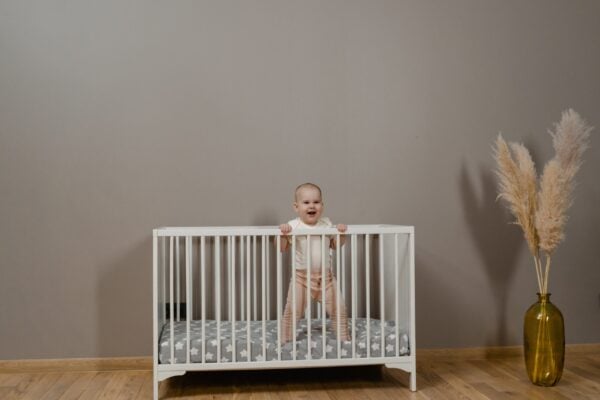
Recap on Building the Optimal Sleep Environment for Your Little One
Creating the optimal sleep environment can be simple if you use all of the right tools! Remember, you don’t have to go through this alone! If you have any questions or want to troubleshoot your baby’s sleep with a sleep expert, grab a consultation! Having an expert in your corner ready to support you at any level you need makes the world of a difference.
Whether your little one is a newborn (0-4 Months Content Library), 4-24 months (4-24 Months Content Library), or a toddler (2-5 Years Content Library), we have the resources you need to get your family the sleep you all deserve!
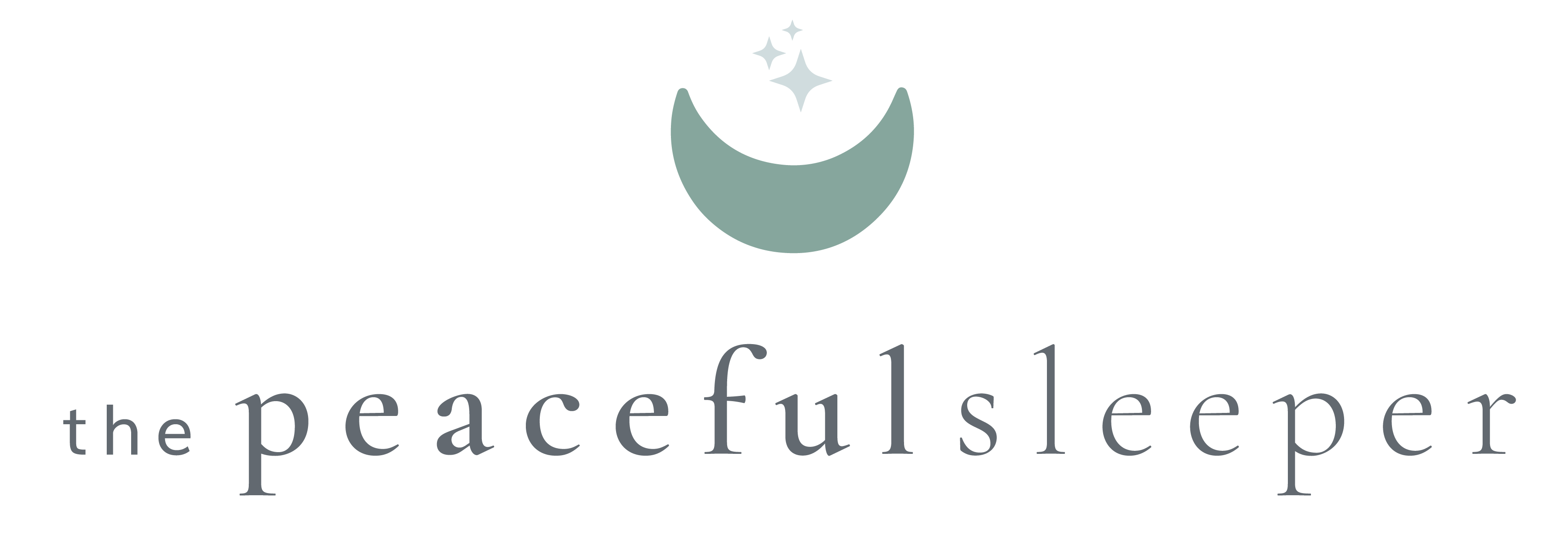
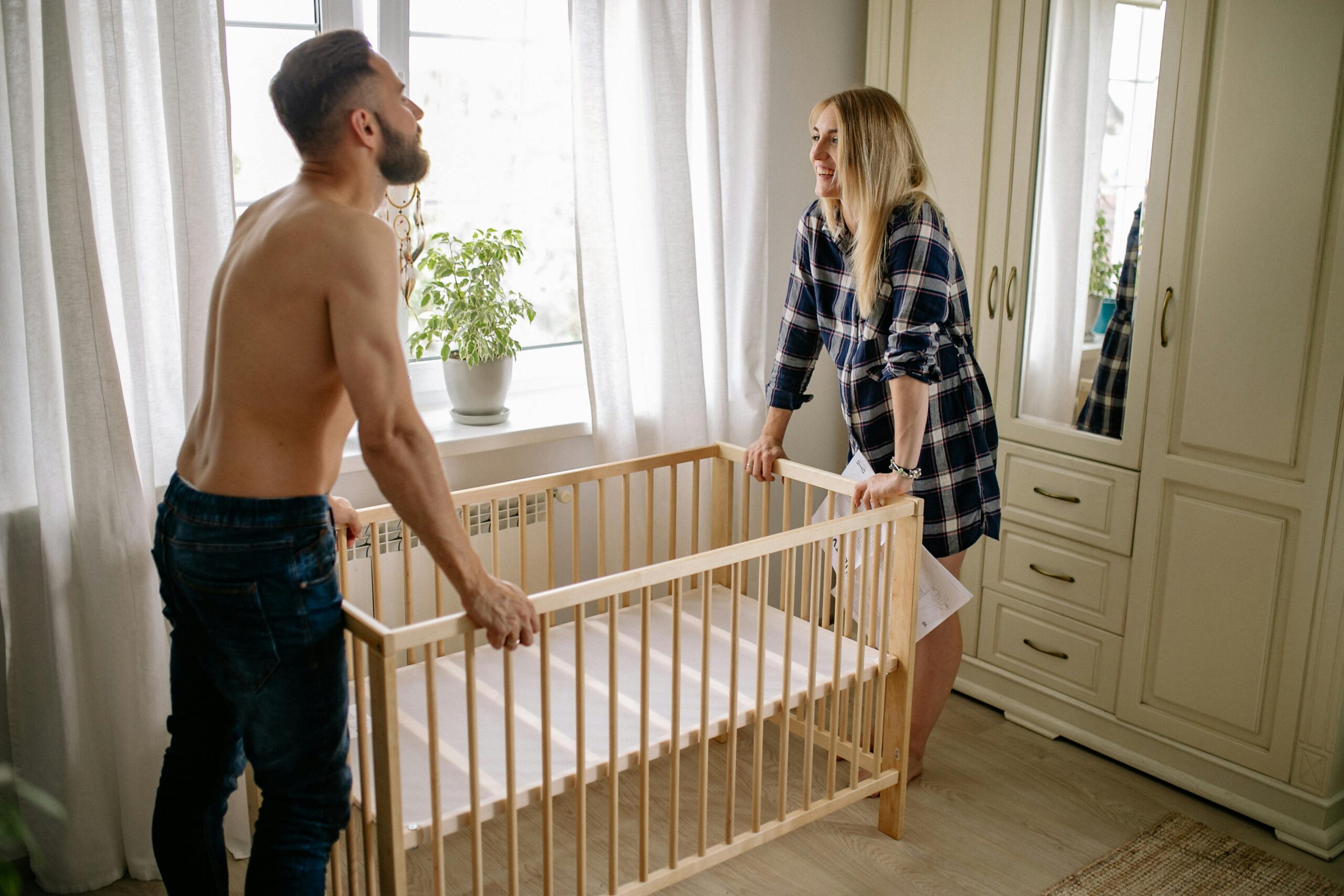
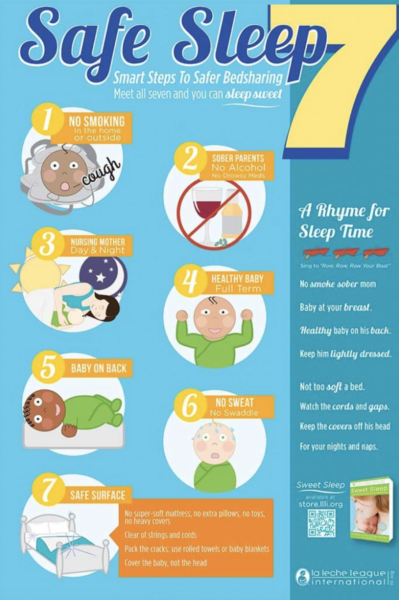
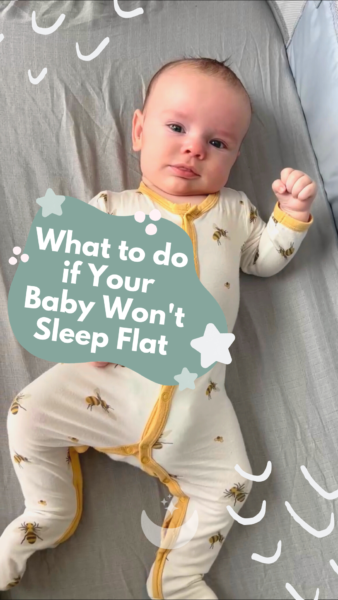
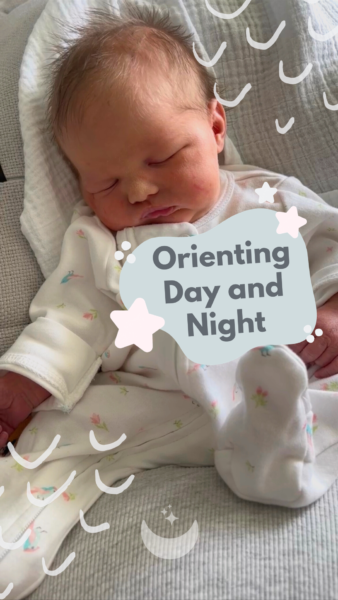
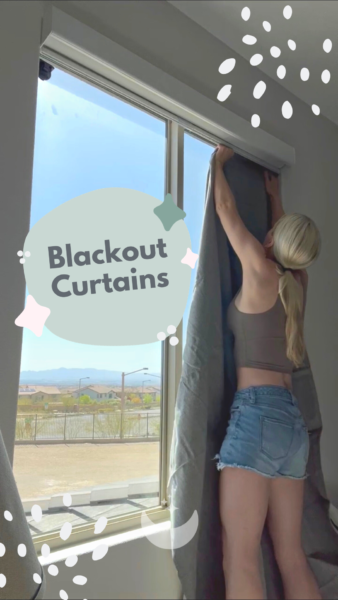
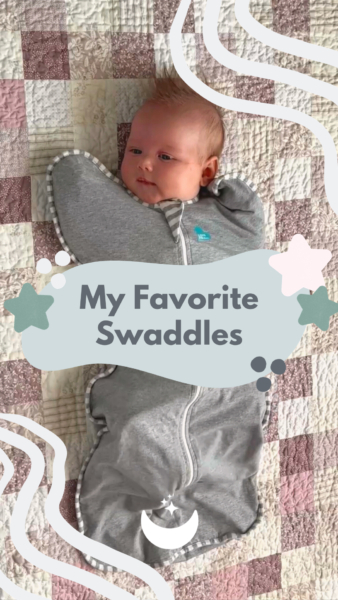
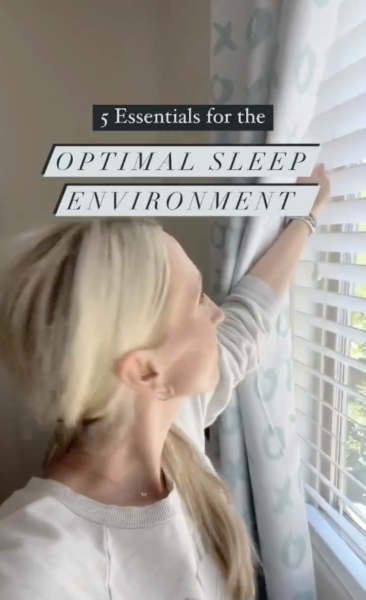
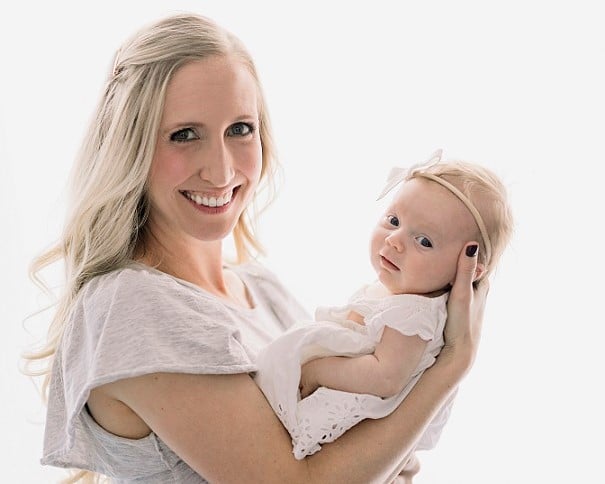
0 Comments